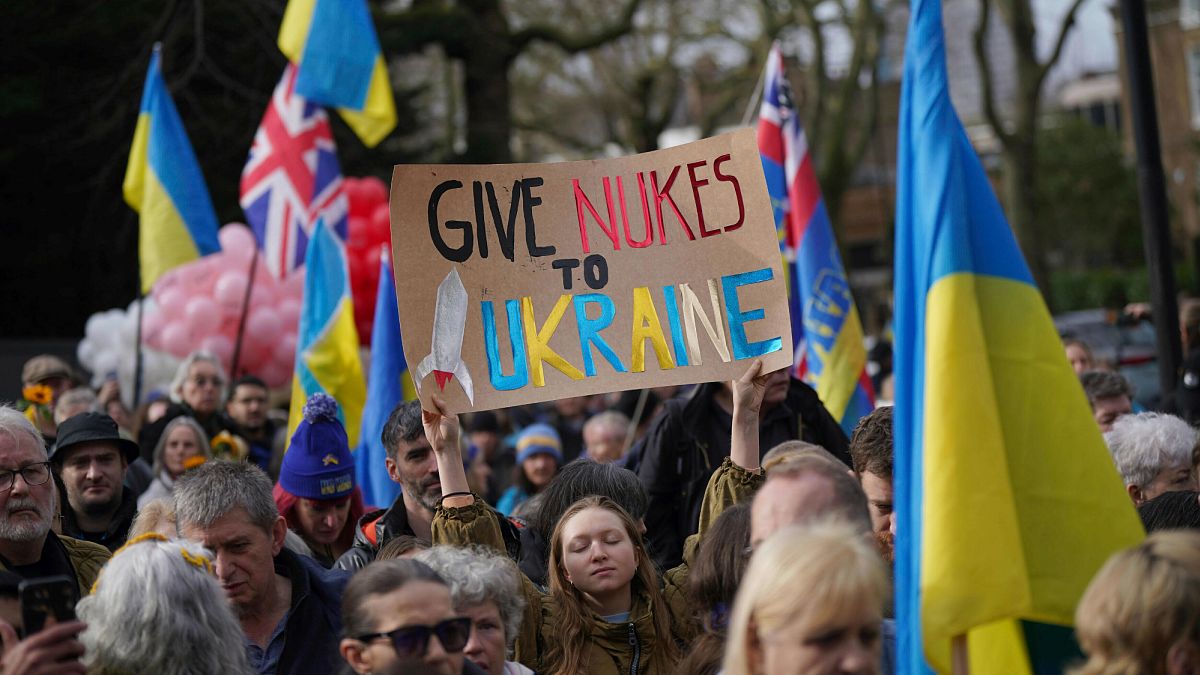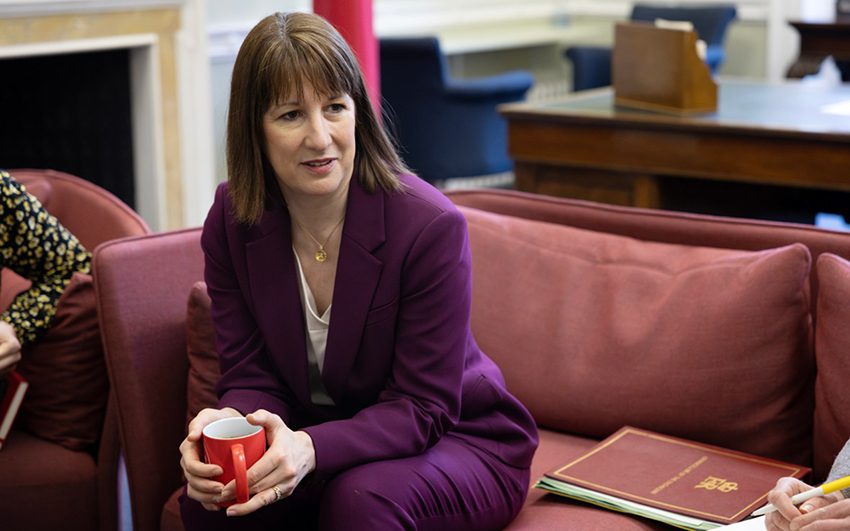World on track for catastrophic 3 degrees Celsius warming, UN warns
Current plans and policies will lead to global temperatures rising between 2.6C and 3.1C this century, a new report finds.
BRUSSELS — Intensify efforts to fight global warming or start planning a funeral for the Paris Agreement, the United Nations is telling governments ahead of this year’s international climate summit.
Current plans and policies will lead to 2.6 to 3.1 degrees Celsius of global warming this century, with zero chance of limiting the temperature increase to the totemic 1.5C target agreed in Paris in 2015, according to a new report out Thursday.
In fact, existing measures are falling so far short of what’s needed that the world even risks blowing past 2C, the Paris accord’s upper limit, the U.N. warned.
The severity and frequency of dangerous heat waves, destructive storms and other disasters rises with every fraction of warming. At 3C, scientists say, the world could pass several points of no return that would dramatically alter the planet’s climate and increase sea levels, such as due to the collapse of polar ice caps.
“If nations do not implement current commitments then show a massive increase in ambition in the new pledges, followed by rapid delivery, the Paris Agreement target of holding global warming to 1.5C will be dead within a few years and 2C will take its place in the intensive care unit,” said Inger Andersen, the U.N. environment chief.
This year’s iteration of the U.N.’s so-called emissions gap report — assessing the yawning chasm between the policies required to avert climate catastrophe and what countries are actually doing — comes just weeks before world leaders gather in the Azerbaijani capital of Baku for the start of the COP29 climate summit.
There, countries face the task of hammering out a deal on how to finance climate action in the developing world. But the Baku summit is also widely seen as a stepping stone toward COP30 in Brazil next year, the deadline for governments to submit fresh plans on how they plan to meet their Paris Agreement obligations.
In light of the findings published Thursday, Andersen called for “dramatically stronger” plans, known as nationally determined contributions (NDCs); more funding for measures to curb climate change; and leadership from the largest emitters.
Wrong direction
The world is already 1.3C hotter than before the Industrial Revolution, and planet-warming greenhouse gas emissions are continuing to rise, increasing by 1.3 percent last year compared with 2022.
As a result, limiting warming to the relative safety of the Paris targets has become more difficult, requiring even steeper annual emissions cuts of 7.5 percent or 4 percent by 2030 for 1.5C or 2C, respectively.
With the policies currently in place across the globe, the world is heading for 3.1C of warming by the end of the century, the report says. Measures outlined in current NDCs, which haven’t been fully implemented, would bring that down to between 2.6C and 2.8C.
Even the best-case scenario of 2.6C, however, represents “catastrophic” warming with “debilitating impacts to people, planet and economies,” the U.N. warns.
Under all three scenarios, the world’s chances of limiting warming to 1.5C are “virtually zero,” the authors write, with global temperatures “well above” that level by 2050 and a “one-in-three chance that warming already exceeds 2C by then.”
To get on track toward 1.5C, global emissions ought to fall 42 percent by 2030, or 28 percent for a pathway to 2C — a message also included in last year’s report, aptly titled “Broken Record.”
The new NDCs — due in February 2025 — are meant to include measures and targets up to 2035. By then, global emissions should fall 57 percent for 1.5C and 37 percent for 2C, according to this year’s report, dubbed “No More Hot Air … Please!”
Mo’ money, fewer problems
Andersen said that worldwide, measures to reduce emissions will require a “minimum six-fold increase” in investment, “backed by reform of the global financial architecture and strong private sector action.”
Developing countries excluding China require a massive surge in investment, the report says, as “these regions are already struggling with public health, human capital, food and energy security, rising debt and political tensions, all of which are exacerbated by climate change.”
Whether current NDCs limit the rise in global temperatures to 2.6C or 2.8C depends on funding. The lower figure would be reached under so-called conditional NDCs, meaning plans contingent on additional financial aid. Twelve percent of all NDCs are fully conditional, according to the report, with another 21 percent featuring conditional elements.
How to fund climate action in developing countries will dominate discussions in Baku. By the end of COP29, countries are meant to agree on a new long-term financial goal to replace the current $100 billion-a-year target, which was agreed in 2009 and only reached in 2022.
Countries classified as industrialized in the 1990s provide the funding. But given the enormous funding needs — some developing countries would like to see an annual target of more than $1 trillion — as well as dramatic changes in countries’ comparative wealth and emissions since then, rich countries would like emerging economies such as China to chip in.
G20 gotta take the lead
Case in point: The U.N. report shows that Beijing has drawn level with the European Union in terms of historical responsibility — both the bloc of 27 and China are responsible for 12 percent of all carbon dioxide emitted between 1850 and 2022. (The United States remains far ahead of both, accounting for 20 percent of historical emissions.)
In general, the G20 — which comprises industrialized countries such as the EU and U.S. as well as Brazil, China, India, Indonesia and Saudi Arabia — were responsible for 77 percent of global greenhouse gas emissions in 2023.
In stark contrast, all 55 African Union countries accounted for just 6 percent.
“The largest-emitting members” of the G20 “will need to dramatically increase action and ambition now and in the new pledges,” the U.N. writes.
After all, while the entire G20 accounted for 77 percent of last year’s global emissions, the largest six polluters among them were responsible for more than 60 percent. The U.N. report doesn’t name and shame, but authors are referring to China (30 percent), the United States (11 percent), India (8 percent), the EU (6 percent), Russia (5 percent) and Brazil (2 percent).
Progress among the G20 is a mixed bag: China’s emissions grew 5.2 percent in 2023, while the EU’s fell 7.5 percent; and while China is much more populous, its per-capita emissions in 2023 were 11 tons to the EU’s 7.3 tons.
U.S. emissions fell by 1.4 percent, but American per-capita emissions remain the second-highest at 18 tons after Russia’s 19 tons. India’s are just 2.9 tons — even though its emissions rose by 6 percent last year.
And while the EU, for example, is assessed as on track to reach its climate targets, many other G20 countries are not.
Show don’t tell
Most importantly, the U.N. says, world leaders need to deliver on their promises.
While current measures and NDCs all see the planet blowing past 1.5C, there is one path that gets closer to the goal: If countries deliver on all the promises they made on top of official NDCs in recent years, warming would be limited to 1.9C this century — making good on the Paris Agreement’s “below 2C” pledge, at least.
It’s also the only path among the four that would see warming plateau around 2100; under the other three scenarios, temperatures would continue to rise in the next century.
U.N. environment chief Andersen called on countries to turn rhetoric into action. Governments should enshrine their most ambitious pledges — and, ideally, more — in their upcoming NDCs, she said.
“I urge every nation: no more hot air, please,” she said, echoing the report’s title. “Use COP29 in Baku, Azerbaijan to increase action now, set the stage for dramatically stronger NDCs, and then go all-out to get on the 1.5C pathway by 2030.”
Júlia Vadler and Giovanna Coi contributed to this report.
What's Your Reaction?


















































